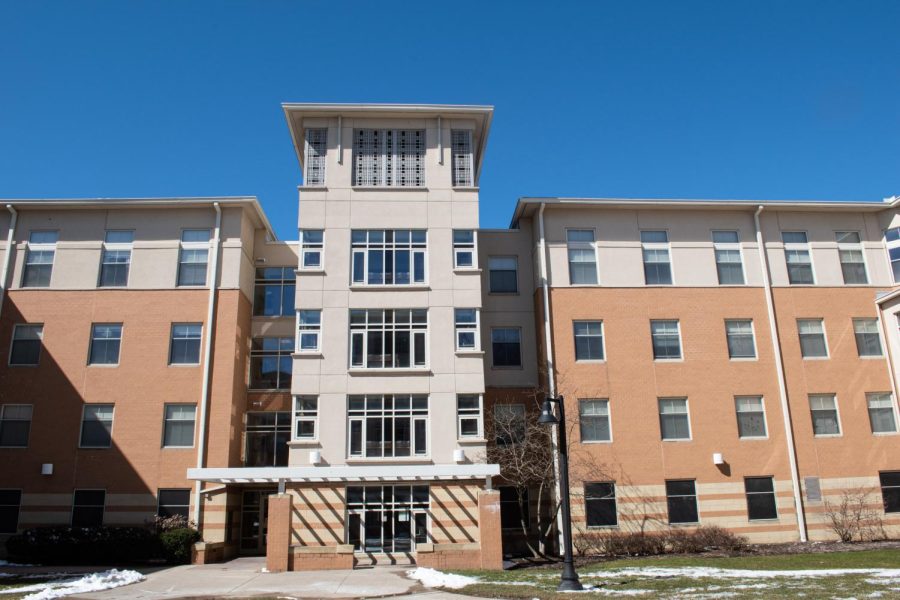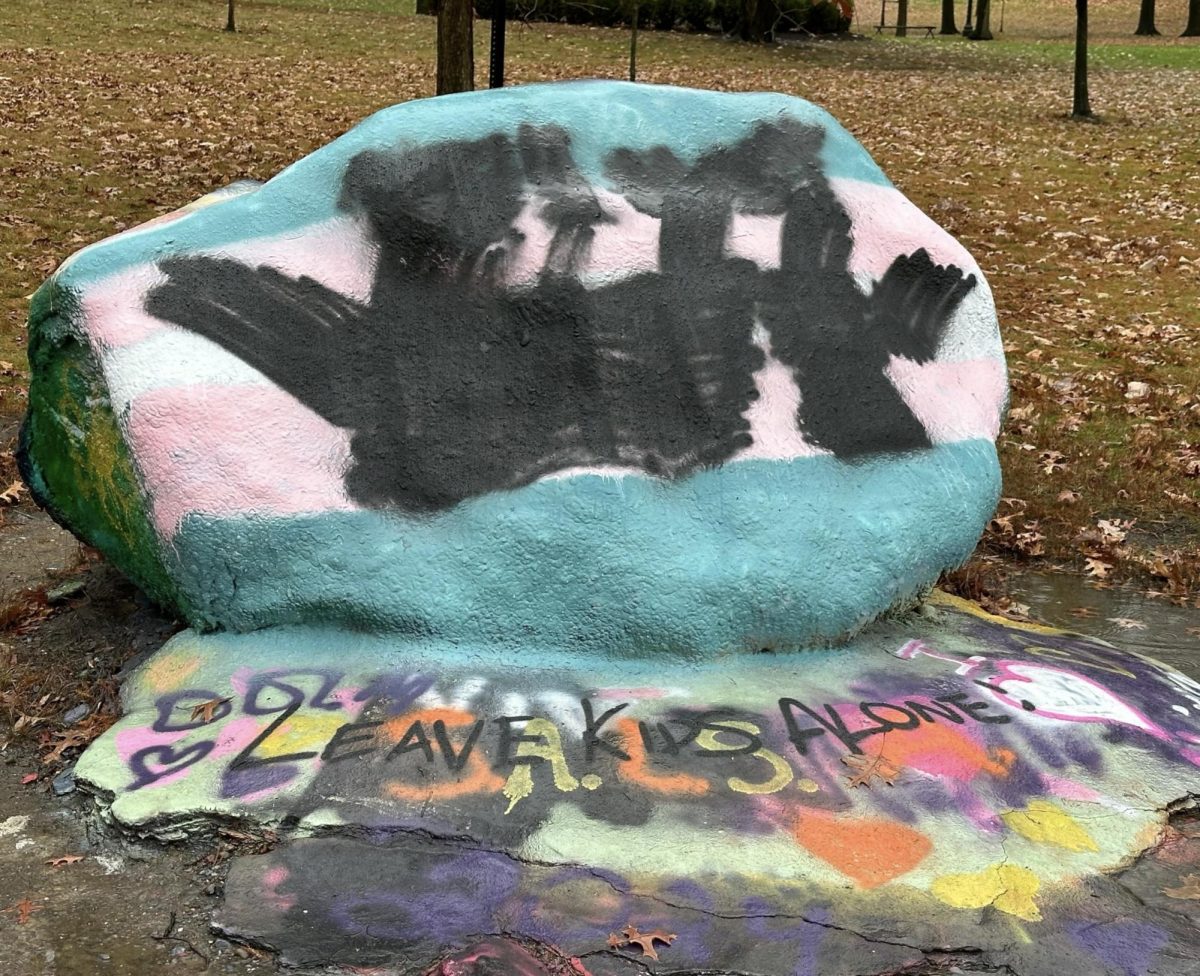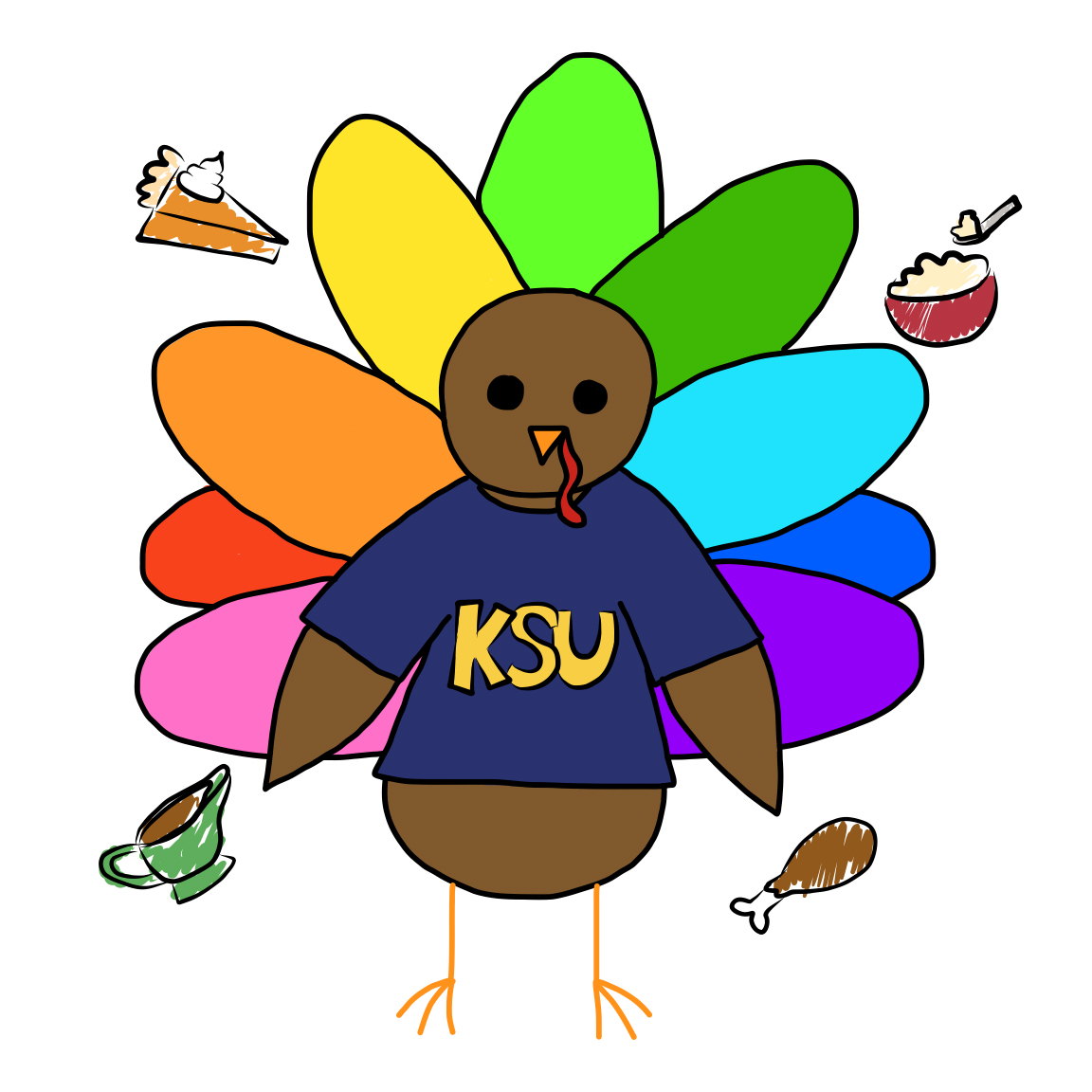Not everyone experiences romantic and sexual attraction the same way, and that was the focus of the LGBTQ+ Center’s aromantic roundtable discussion on Thursday where students and staff could share experiences and spread awareness about aromanticism.
As part of Aromantic Spectrum Awareness Week, student interns at the center presented on different aromantic identities, stereotypes of aromanticism and their own experiences.
Aromantic spectrum identities refer to people who feel little to no romantic attraction toward others.
Noah Hite, a high school College Credit Plus student, encouraged people outside the community to become educated on the aromantic spectrum and ask questions.
“Even if someone isn’t in the aromantic community, there’s a lot of thought-provoking questions we can talk about,” Hite said. “Romantic attraction is something that’s so pervasive in our culture, so to have intellectual or funny conversations about that is very important for all people.”
During the discussion, Hite said they experienced romantic attraction differently than their peers growing up, and learning about aromanticism helped Hite discover themself.
Other students explained that people often confuse being aromantic with being asexual, but they are two different identities. Aromanticism refers to a lack of romantic attraction, while asexuality is a lack of sexual attraction.
There are also stereotypes and misconceptions about aromantic people, such as they are lonely and can’t form meaningful relationships. Hite said this isn’t true and that talking about these issues is the only way to break the stigma.
“People who are aromantic aren’t childish,” Hite said. “It’s not that they haven’t found the right person yet or they’re immature. There are a lot of things that people perceive as aromantic, and they should take some time to get rid of those biases they have and see aromantic people as just people.”
The presentation also urged students to speak out against systems and policies that discourage aromanticism and seek out educational resources, such as the Aromantic-Spectrum Union for Recognition, Education and Advocacy (AUREA) and the Asexual Visibility and Education Network (AVEN).
Ken Ditlevson, director of the LGBTQ+ Center, said he’s continuing to learn about the aromantic spectrum and encourages others to understand that it’s just another way for people to express themselves.
“I hope that aromantic and asexual folks have found connections here and found people that have similar feelings, and that they understand they’re not weird or non-typical,” Ditlevson said. “This is just who they are and part of their identity.”
The LGBTQ+ Center will hold roundtable discussions on the aromantic spectrum each semester to boost awareness and help students find a sense of belonging.
That feeling of inclusion is something Ditlevson said will help students grow and find their own communities.
“Every semester, there will be an asexual or aromantic conversation just so we can continue to bring new people to the table and make sure our students that do hold these identities really feel like there’s a community for them,” Ditlevson said.
Aden Graves is co-opinion editor. Contact him at [email protected].





